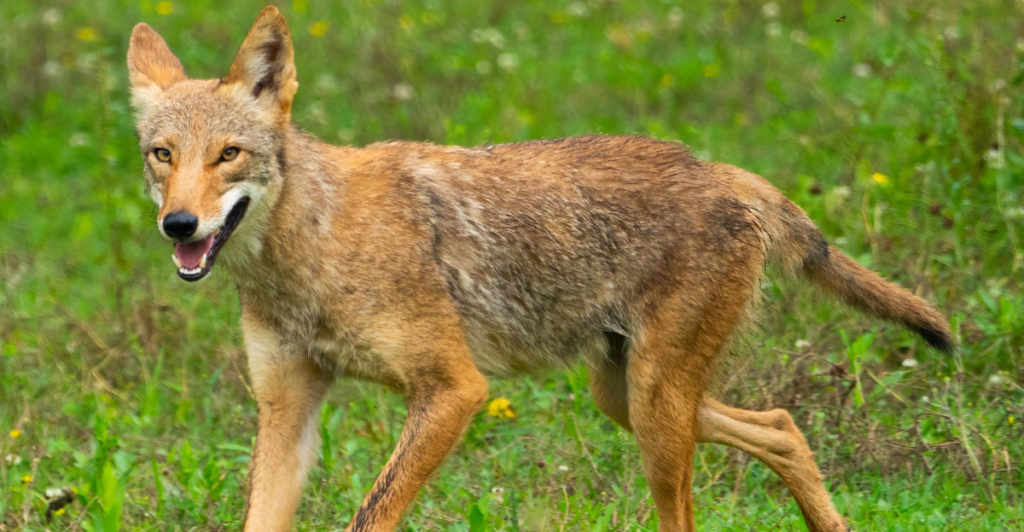
Once roaming across the southeastern United States, the red wolf now teeters on the edge of extinction, with fewer than 20 left in the wild—all in a single state. This uniquely American predator has survived against the odds, but habitat loss, human conflict, and political roadblocks continue to threaten its future. Can conservation efforts turn the tide, or is the red wolf facing a second extinction?
The Red Wolf’s Precarious Existence
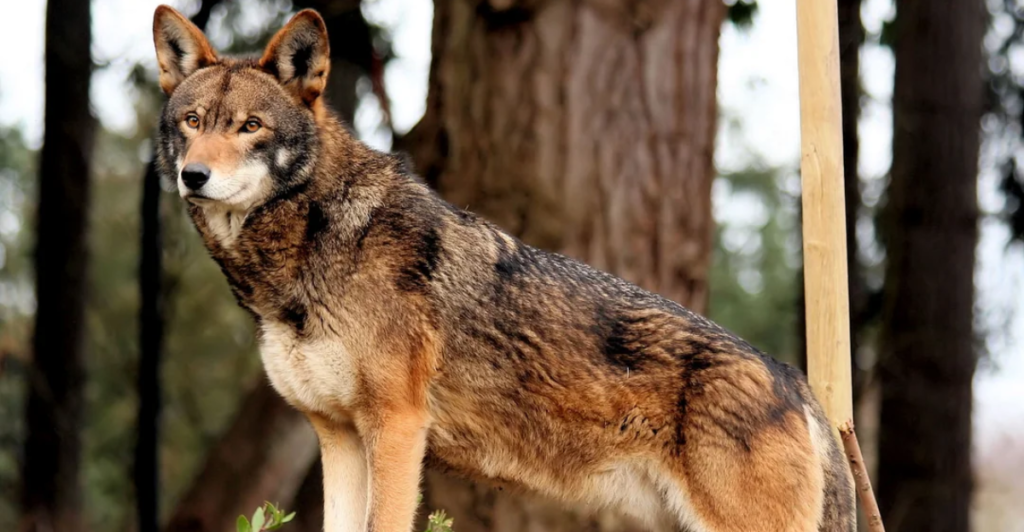
The red wolf (Canis rufus), America’s rarest and most endangered canid, survives in just one wild population of 17–19 individuals in North Carolina. Once widespread across the southeastern U.S., this apex predator has lost 99.9% of its historical range due to habitat destruction, human conflict, and misguided predator control programs. Unlike the gray wolf, which roams multiple states, the red wolf has no safe havens beyond a single wildlife refuge.
Conservationists warn that the species is on the brink of a second extinction, with genetic bottlenecks, illegal killings, and climate threats accelerating its decline. Federal protection remains in place, but policy inconsistencies and public opposition complicate recovery efforts. If the red wolf vanishes again, it would mark the first large carnivore extinction in modern U.S. history.
Extinct in the Wild, Resurrected by Science
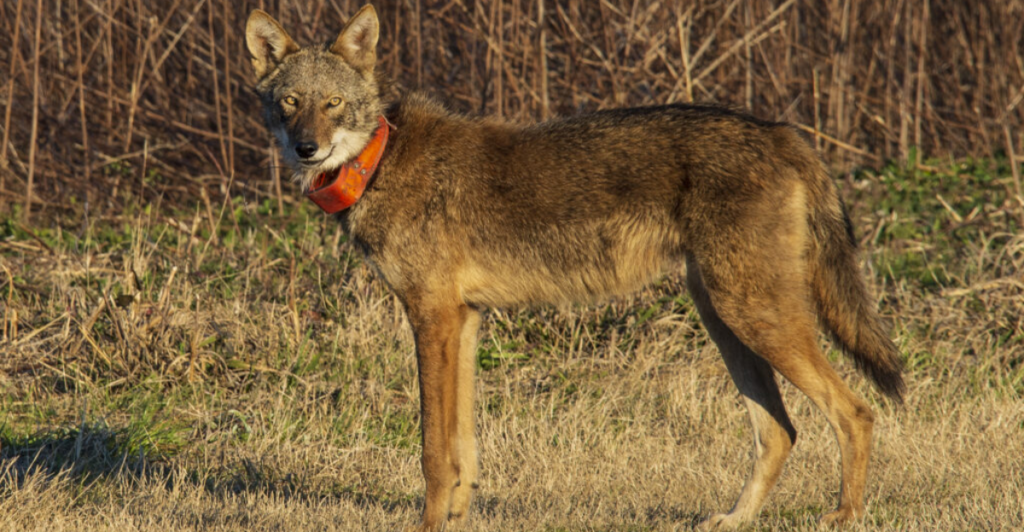
By 1980, relentless hunting and habitat destruction wiped out red wolves in the wild. Scientists captured the last 14 survivors to start a captive breeding program, a radical move that saved the species from complete extinction. In 1987, biologists reintroduced captive-bred wolves into North Carolina’s Alligator River National Wildlife Refuge, marking the world’s first successful carnivore reintroduction. By 2012, the population peaked at 150 wolves, proving that recovery was possible.
However, shifting political priorities and regulatory rollbacks gutted protections, leading to a catastrophic 73% population collapse. The red wolf’s history is a cycle of extinction and revival—an ongoing test of whether human intervention can undo past mistakes. Without aggressive reintroduction efforts, experts fear that history will repeat itself, this time with no chance of return.
A Species Trapped in Genetic Crisis
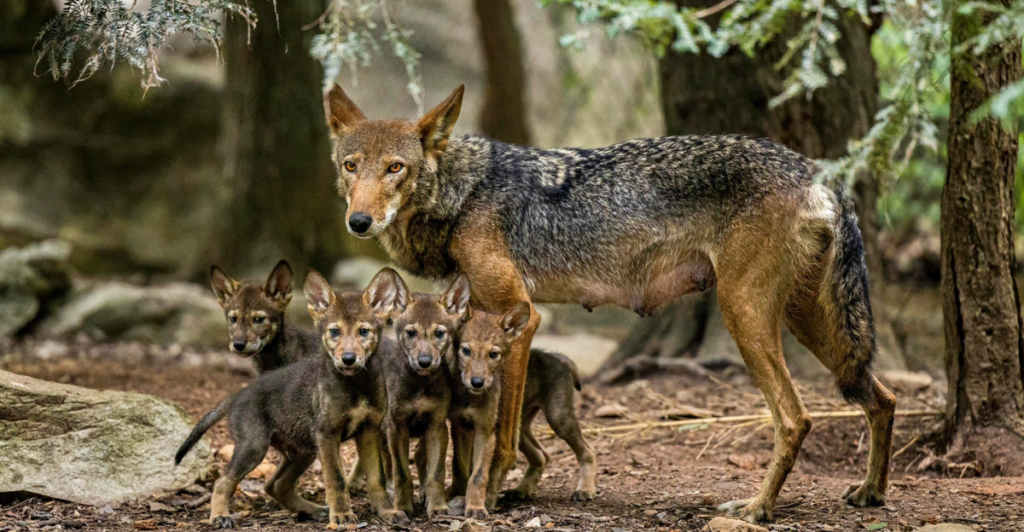
With just 270 captive wolves and fewer than 20 in the wild, red wolves face an existential genetic crisis. Decades of inbreeding have reduced their genetic diversity by 25%, increasing susceptibility to disease and lowering reproductive success. Conservationists attempt to combat this through managed breeding, but the small gene pool limits their options. Emerging genetic technologies like CRISPR gene editing or embryo implantation could offer long-term solutions, but they remain controversial.
The most immediate fix—introducing new captive-bred wolves to the wild—is slow and politically fraught. Some scientists even suggest crossbreeding red wolves with coyotes to preserve key genetic traits, a plan met with resistance. Without intervention, red wolves may face the same fate as the Florida panther, another predator struggling with inbreeding-induced decline.
The Battle of Perception
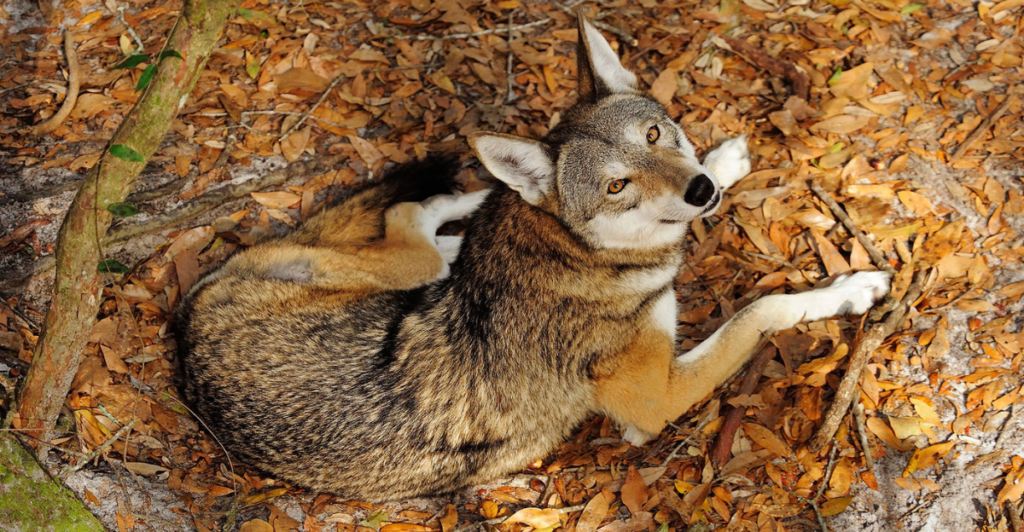
Resistance to red wolf recovery in North Carolina is driven more by cultural and political opposition than by direct experience with the species. While some paint wolves as bloodthirsty killers, research shows they primarily hunt raccoons, rabbits, and white-tailed deer without significantly impacting livestock. Since 1987, only seven confirmed livestock kills have been linked to red wolves in North Carolina. The North Carolina Wildlife Resources Commission has long opposed federal wolf recovery efforts, even calling for their termination.
Changing public perception is crucial—rebranding red wolves as “ecosystem engineers” that control overpopulated deer could shift attitudes. Ecotourism is another incentive: in Yellowstone, wolf-related tourism generates millions annually. If red wolves are seen as an economic asset rather than a threat, their survival prospects could drastically improve.
Rising Seas, Shrinking Habitat
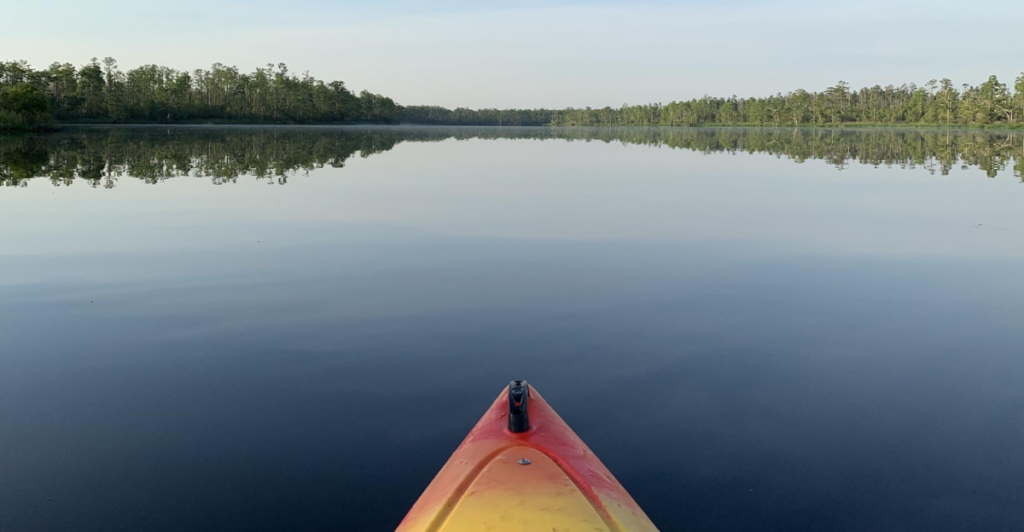
Alligator River National Wildlife Refuge—the last wild red wolf stronghold—faces a dire threat: rising sea levels. Climate models predict that by 2050, a 0.6-meter (2-foot) rise will submerge 30% of the refuge’s land. Paradoxically, USFWS continues to prioritize this flood-prone habitat for recovery efforts due to its low human density. Conservationists propose a bold alternative: relocating wolves to the Appalachian Highlands, where abandoned farmland and reforestation projects could support over 200 wolves.
However, hunting groups oppose this plan, fearing it would restrict deer hunting. The red wolf’s future hinges on its ability to adapt—not just to human conflict, but to a rapidly changing environment. If relocation efforts stall, rising waters may claim the last refuge of America’s rarest wolf.
The Captivity Dilemma
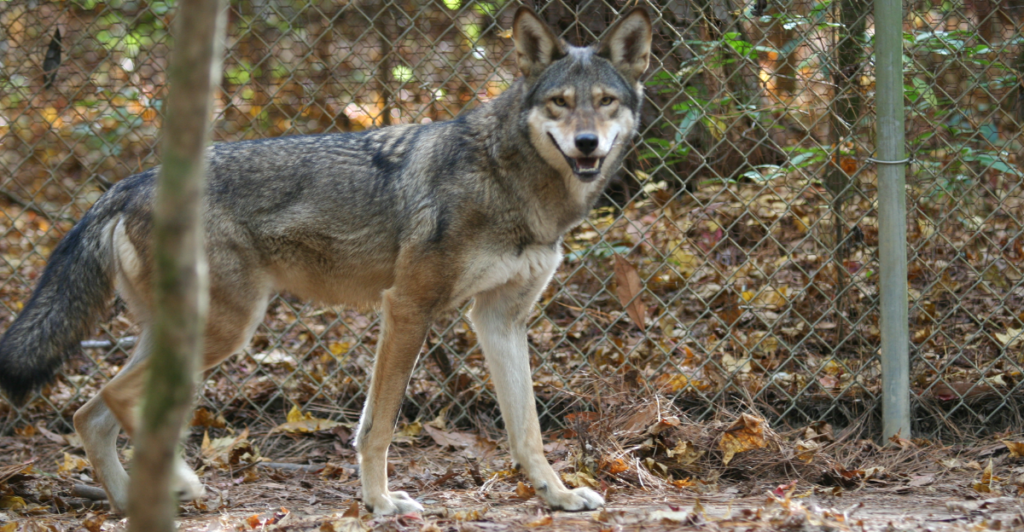
Zoos house 270 red wolves, but 58% descend from just 14 founders, creating behavioral and genetic problems. Captive wolves lose 79% of their natural hunting instincts within two generations, making reintroductions difficult. To bridge this gap, conservationists are experimenting with unconventional methods. One strategy is “foster litters,” where captive-born pups are placed with wild red wolf mothers, allowing them to learn survival skills naturally.
Another approach borrows from Chernobyl’s wolf studies, using virtual reality simulations to train captive wolves for the wild. While promising, these efforts are slow-moving. Without a dramatic increase in reintroductions, the captive population risks becoming a glorified museum exhibit—wolves existing only in enclosures, never returning to their rightful place in the wild.
Indigenous Leadership in Conservation
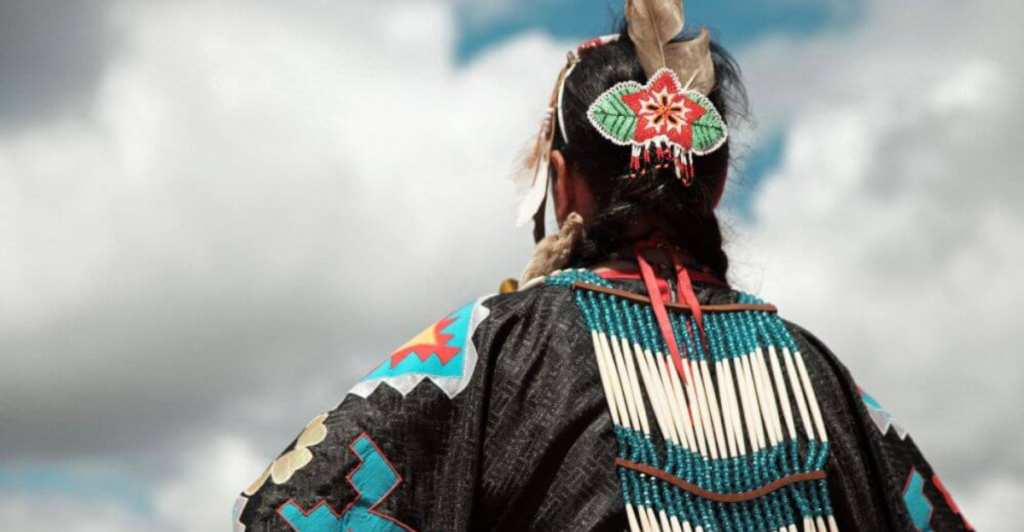
A groundbreaking shift in red wolf conservation involves partnering with the Wabanaki Tribal Nation, whose cultural ties to the species go back centuries. The Wabanaki view red wolves as sacred kin and have implemented traditional tracking techniques to monitor populations. Their efforts have already reduced poaching by 41% in designated areas. This aligns with a broader conservation trend: a 2024 U.S.
Department of the Interior report found that 83% of Native-led conservation programs outperform federal initiatives. If Indigenous stewardship proves more effective, it could set a precedent for shifting endangered species management away from government agencies and toward tribal nations. For the red wolf, cultural preservation and species recovery may go hand in hand.
Lessons from the Gray Wolf Comeback
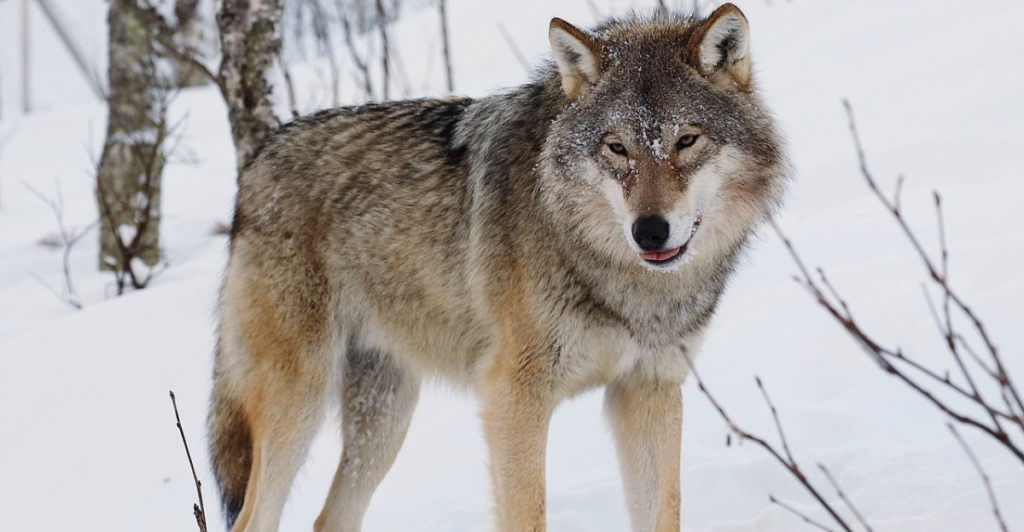
The gray wolf’s recovery offers both hope and caution. After being nearly exterminated in the lower 48 states, gray wolves rebounded to 7,500+ animals, only to face state-sanctioned culling. Yet their return also reshaped ecosystems, proving that top predators restore balance. Red wolves lack this buffer—every individual’s survival is crucial.
Social media has unexpectedly become a conservation tool: when red wolf 2322F (“Big Red”) was illegally shot in 2024, the outcry on TikTok forced USFWS to accelerate wolf releases. Viral ecology—where public attention influences conservation policy—may be a game-changer. Unlike gray wolves, red wolves’ extreme rarity could work in their favor, as each loss becomes a rallying cry.
The 2030 Crossroads
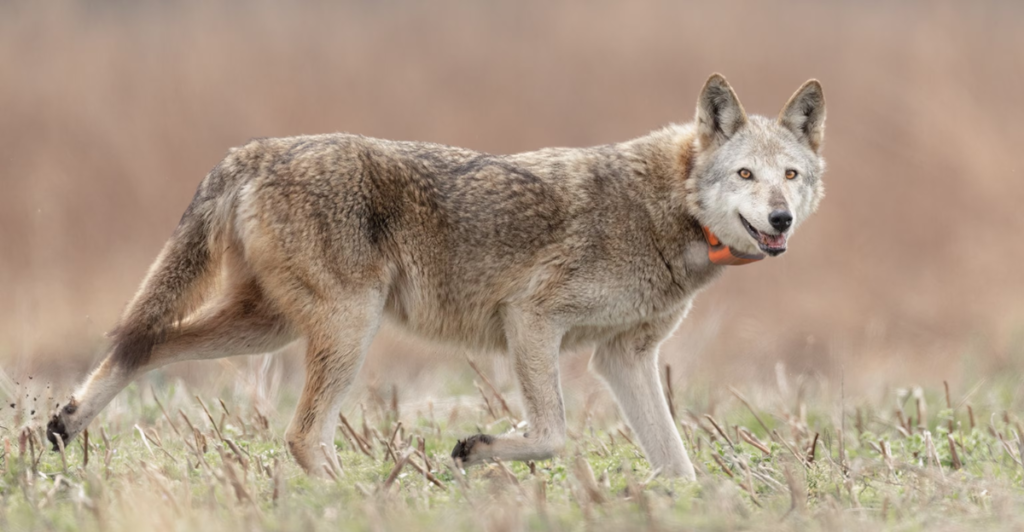
By 2030, the red wolf will either be functionally extinct or on a slow path to recovery. Three major inflection points loom: the trial release of CRISPR-edited wolves, a Supreme Court decision on state wildlife authority, and potential amendments to the Endangered Species Act. Each of these will determine whether red wolves expand beyond North Carolina or vanish forever.
Saving the red wolf is more than just an ecological issue—it’s a test of America’s commitment to preserving its natural heritage. As biologist E.O. Wilson warned, “Destroying a species is like tearing pages from an unread book.” The question remains: will we allow the red wolf’s story to end, or will we fight for its next chapter?
Explore more of our trending stories and hit Follow to keep them coming to your feed!

Don’t miss out on more stories like this! Hit the Follow button at the top of this article to stay updated with the latest news. Share your thoughts in the comments—we’d love to hear from you!







